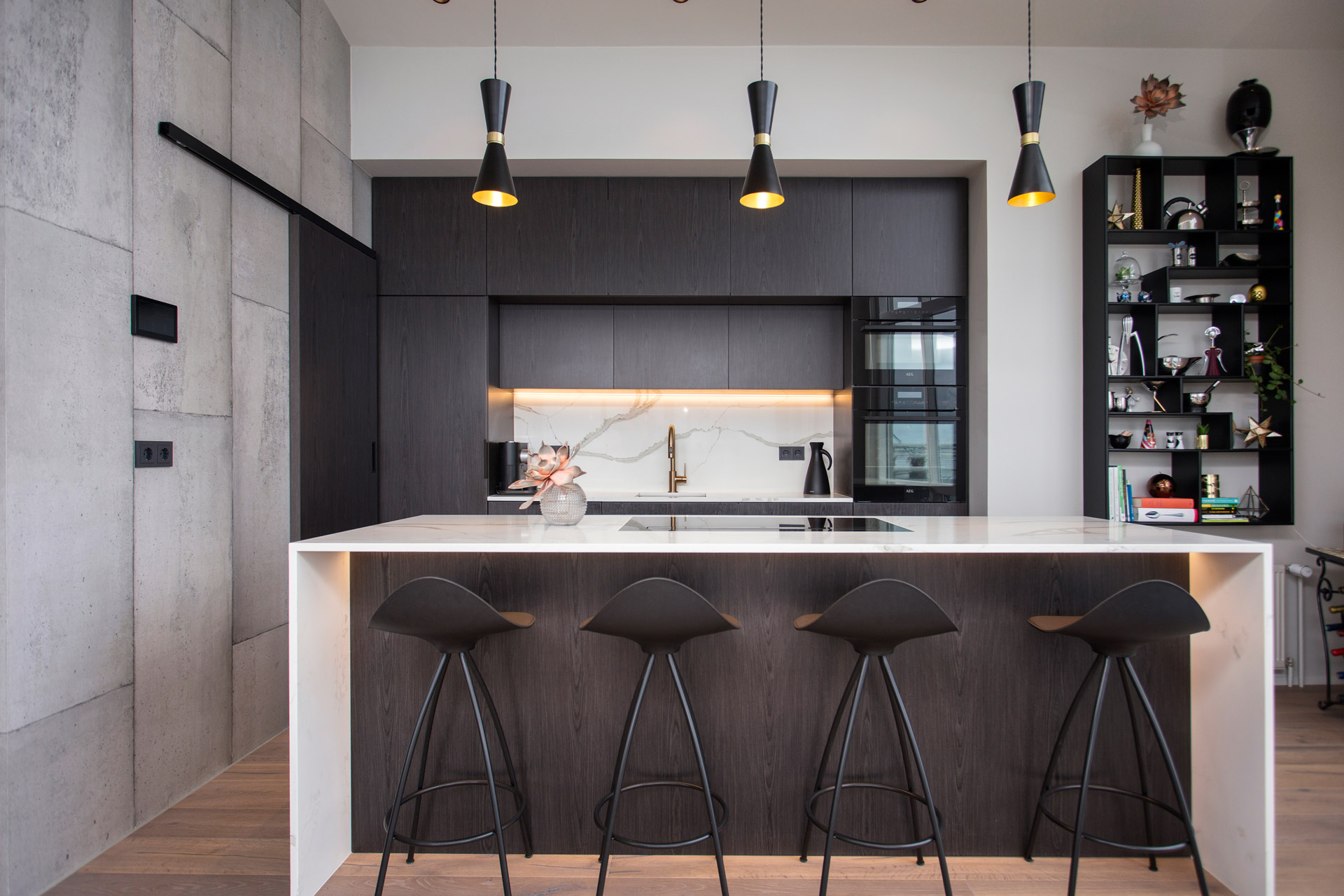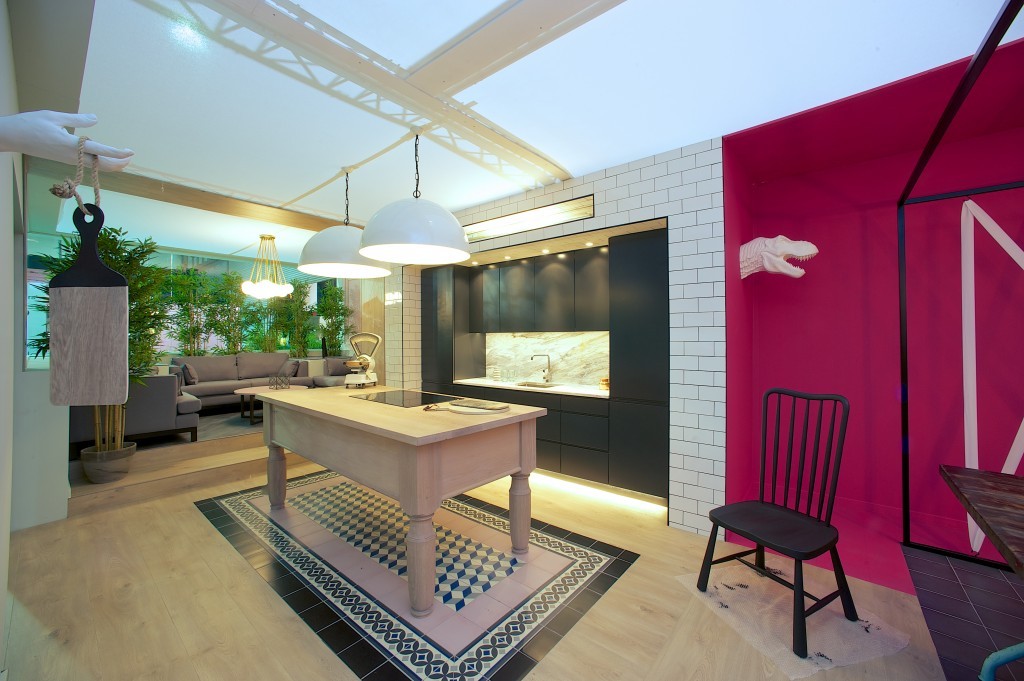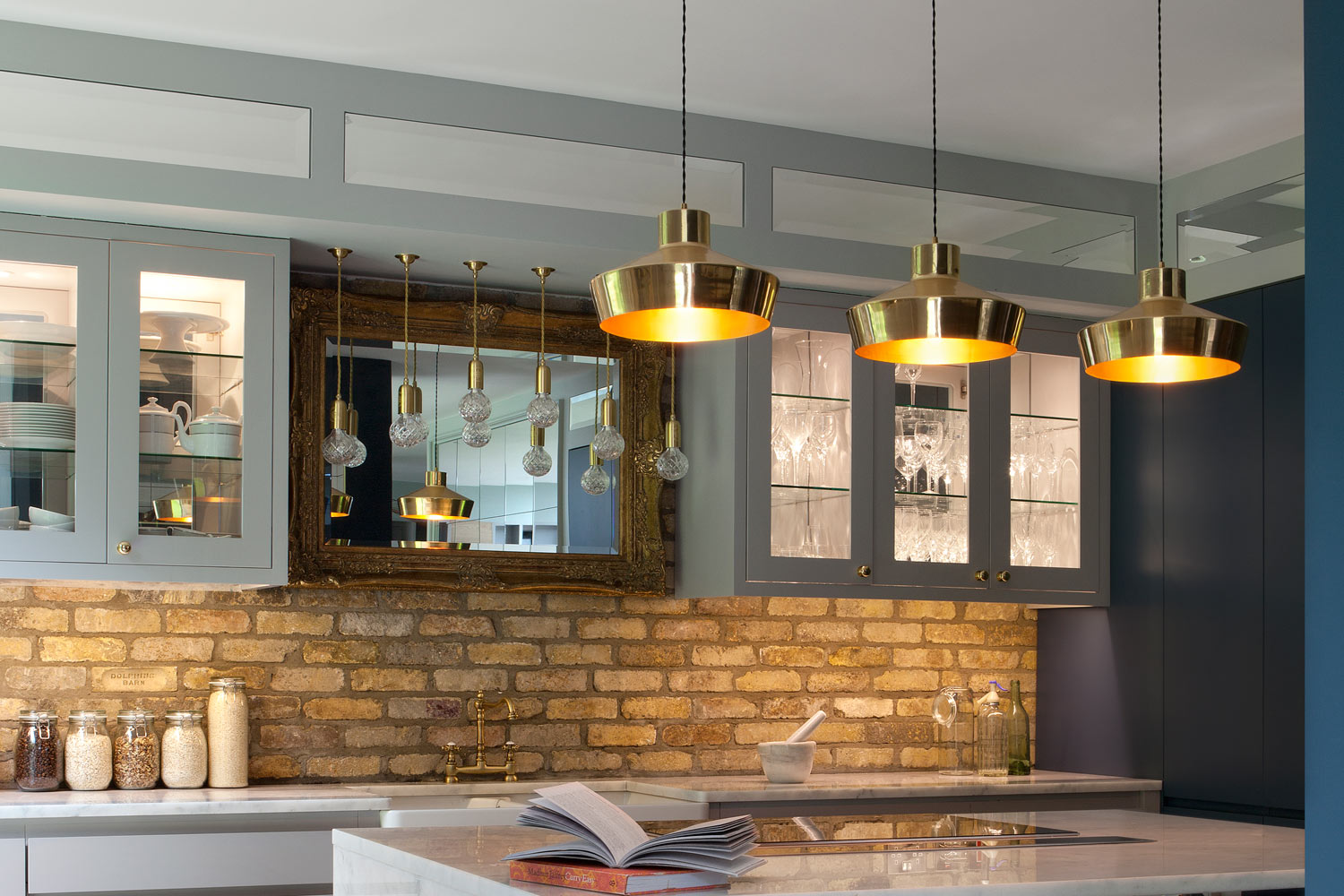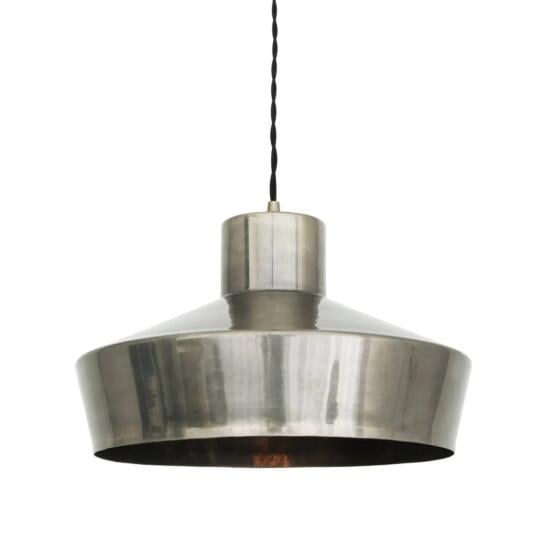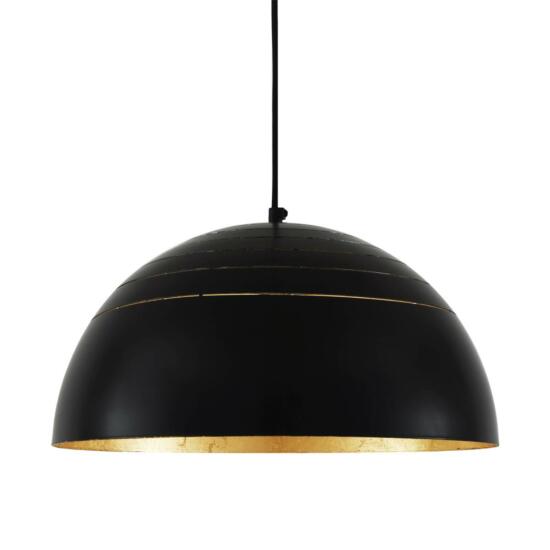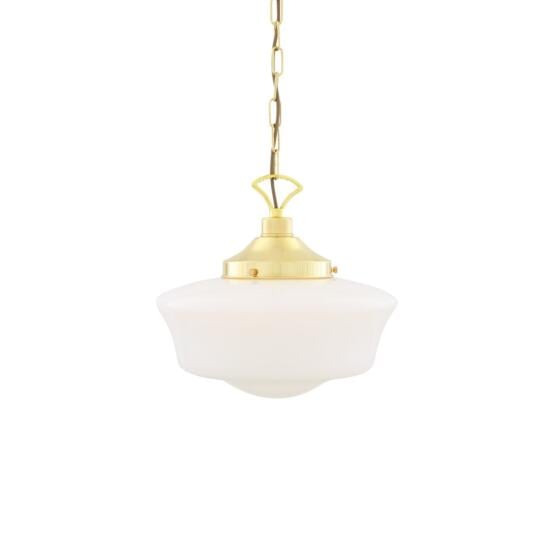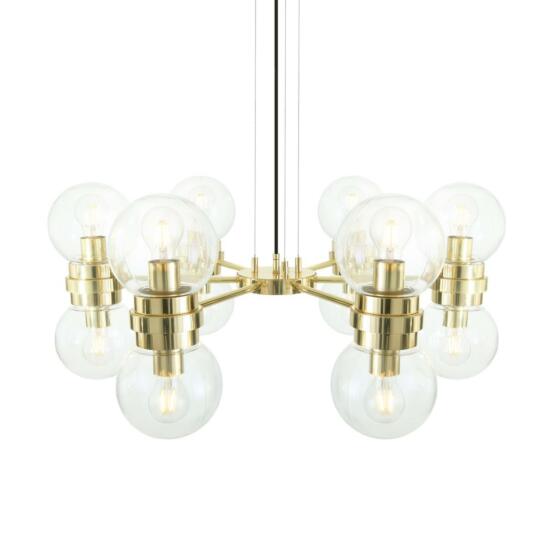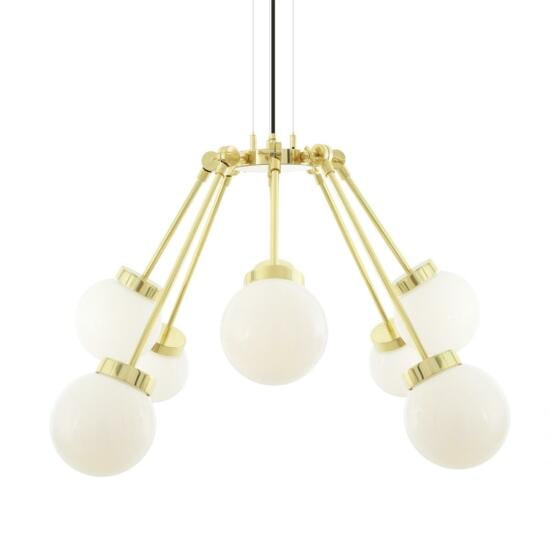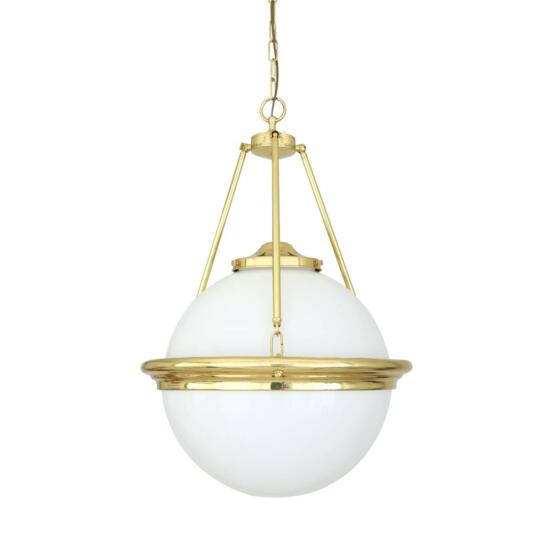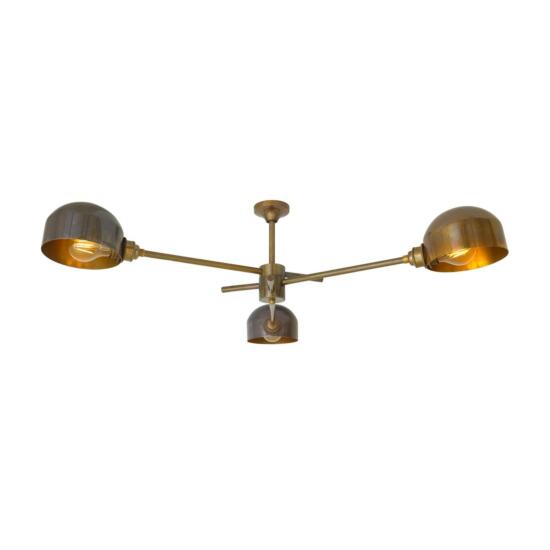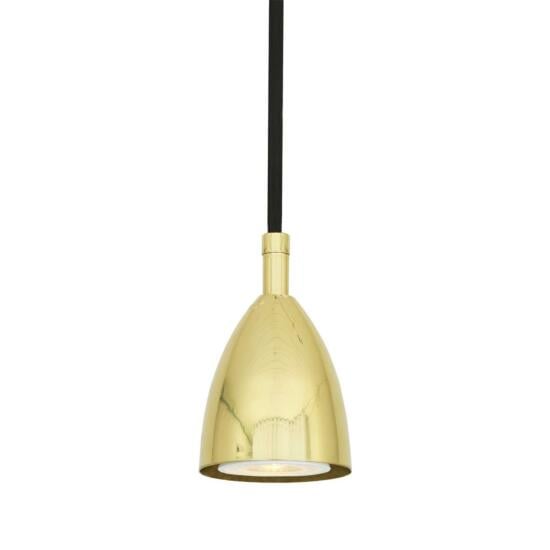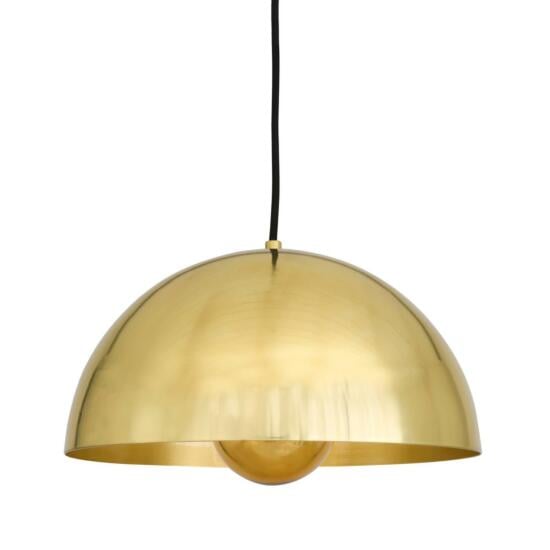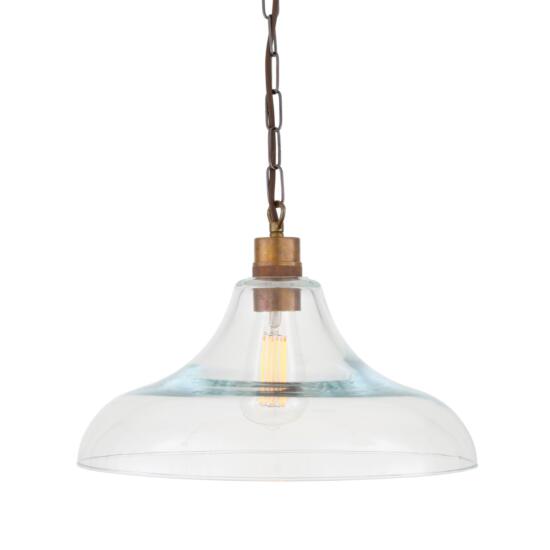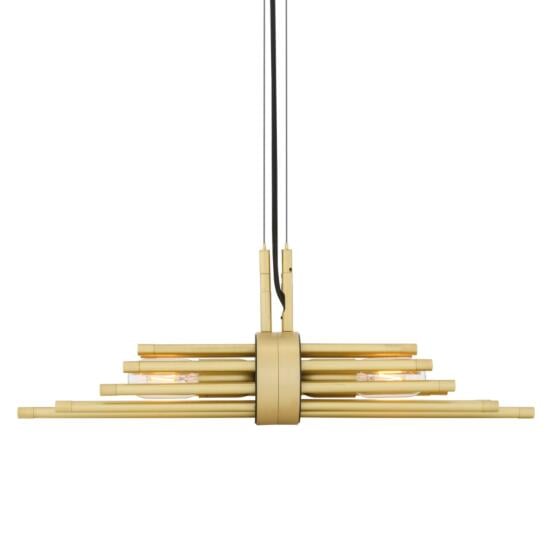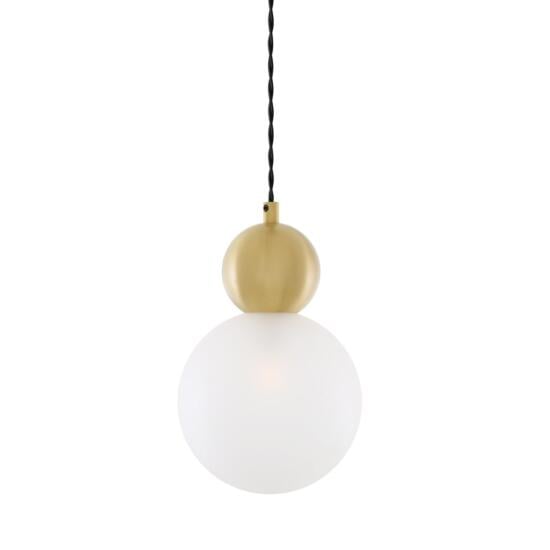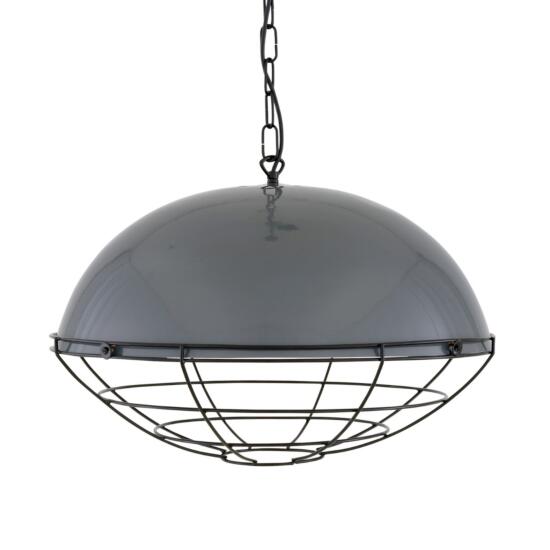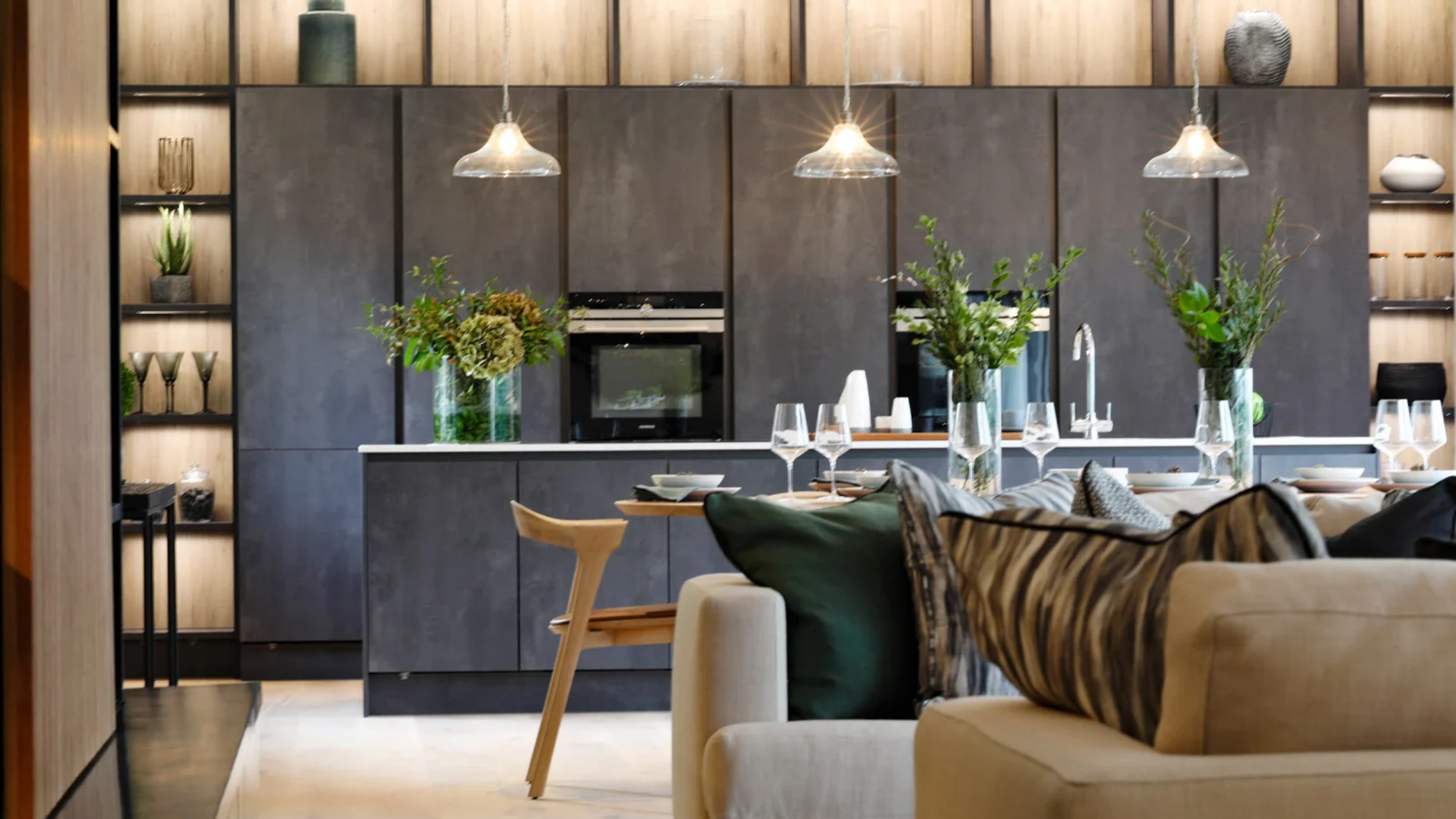
Kitchen Island Lighting: How to Choose the Right Lights
The kitchen island is often the heart of a modern home. It's where we prepare meals, share family breakfast, or catch up with friends over a cup of tea or a glass of wine. With so much going on in one spot, good lighting matters - not only for practicality, but also for the warmth, comfort, and character it brings to the room.
This step-by-step guide breaks down everything you need to know when choosing kitchen island lighting, from function and form to placement and personal style.
Define Your Island's Purpose
First things first: consider how you use your island each day. Is it your primary prep space? A spot for casual dining? A home office in disguise?
If you’re mostly prepping and cooking, you’ll want brighter, focused light,=. This is called task lighting. If your island is more about gathering, chatting, or sipping wine, a softer ambient glow might be the way to go. Most homes benefit from a thoughtful mix of the two. Knowing your island’s main role helps narrow down what kind of lighting will work best.
Types of Lighting
In a kitchen, there are three key lighting types to consider:
- Task lighting focuses on functionality, illuminating specific areas for clear visibility while working.
- Ambient lighting is more general, creating a soft, even glow that fills the space and reduces shadows.
- Accent lighting highlights special features, like artwork or statement pieces, bringing out unique textures and tones that might otherwise be overlooked.
For a deeper dive into effective lighting strategies, read our guide on layering light.
With the purpose and type in mind, now comes the fun part: choosing fixtures that fit your style and function. Here’s what to consider:
Pendant, Chandelier, or Linear?
- Pendants are a popular choice for islands - versatile, stylish, and easy to space out. To simulate pendant shapes and heights, try hanging balloons or paper cutouts (watch our guide video to see this hack in action!)
- Chandeliers can act as a statement piece, especially in open-plan kitchens where the island is central. For example, the Kendu adjustable chandelier brings a sense of stylish symmetry to the kitchen island, with its balanced radial design.
- Linear fixtures, like the Watson linear island pendant, group multiple lights on a single bar and are ideal for longer islands or when you want a tidy, streamlined layout.
Materials and Shades
The material of your fixture affects both its appearance and the quality of light it produces. Clear glass feels bright and airy but may cause glare without a dimmer. Brass adds warmth and suits both classic and modern kitchens, while steel or matte black leans more industrial, especially when paired with clean, minimal lines.
Shade type matters too. Opal or frosted glass softens and diffuses light, creating a gentler glow, while metal shades direct light downward, ideal for focused tasks like food prep.
Shape and Style
Light fixtures come in a variety of shapes, each lending its own character to the space:
- Dome and schoolhouse shades are timeless and suit classic or farmhouse kitchens.
- Globe pendants work well in mid-century or more eclectic spaces.
- Cage or geometric designs bring an industrial or contemporary edge.
Match Lighting to Your Kitchen’s Style
Your kitchen island lights don’t have to steal the show, but they should feel like they belong. Choosing lighting that aligns with your kitchen’s fittings, cabinets, and furniture helps the whole space feel balanced and cohesive. Here’s how different styles tend to translate into lighting choices:
- Mid-century modern kitchens often use globe-shaped pendants, simple lines, warm metals like brass and walnut detailing. These designs bring in a timeless, retro-inspired feel that still looks fresh and inviting today.
- Industrial kitchens lean on functional materials like matte black, raw steel, or weathered metals. Cage-style fixtures, exposed bulbs, and pipe-like hardware work well here, especially when paired with brick, concrete, or reclaimed wood.
- Farmhouse style is softer and more traditional. You’ll often see schoolhouse-shaped shades, ceramic or enamel finishes. Fixtures may have vintage-inspired details, but they still feel practical and homely.
- Contemporary kitchens are usually minimal, with a focus on function and a limited color palette. Lighting here tends to have clean lines, neutral finishes (like white, black, or brushed nickel), and frosted or opal glass that diffuses light without drawing too much attention.
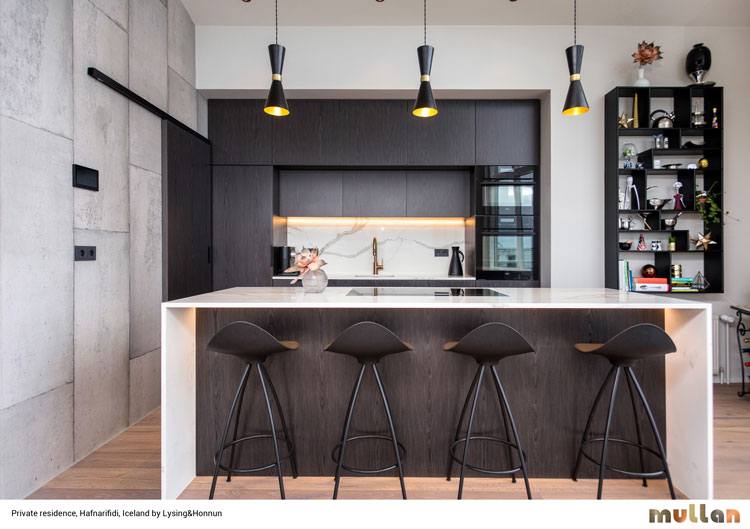
MLP386 Cairo Pendant - 'Cairo' brass pendant lights in a private residence, Iceland by Lysing&Honnun.
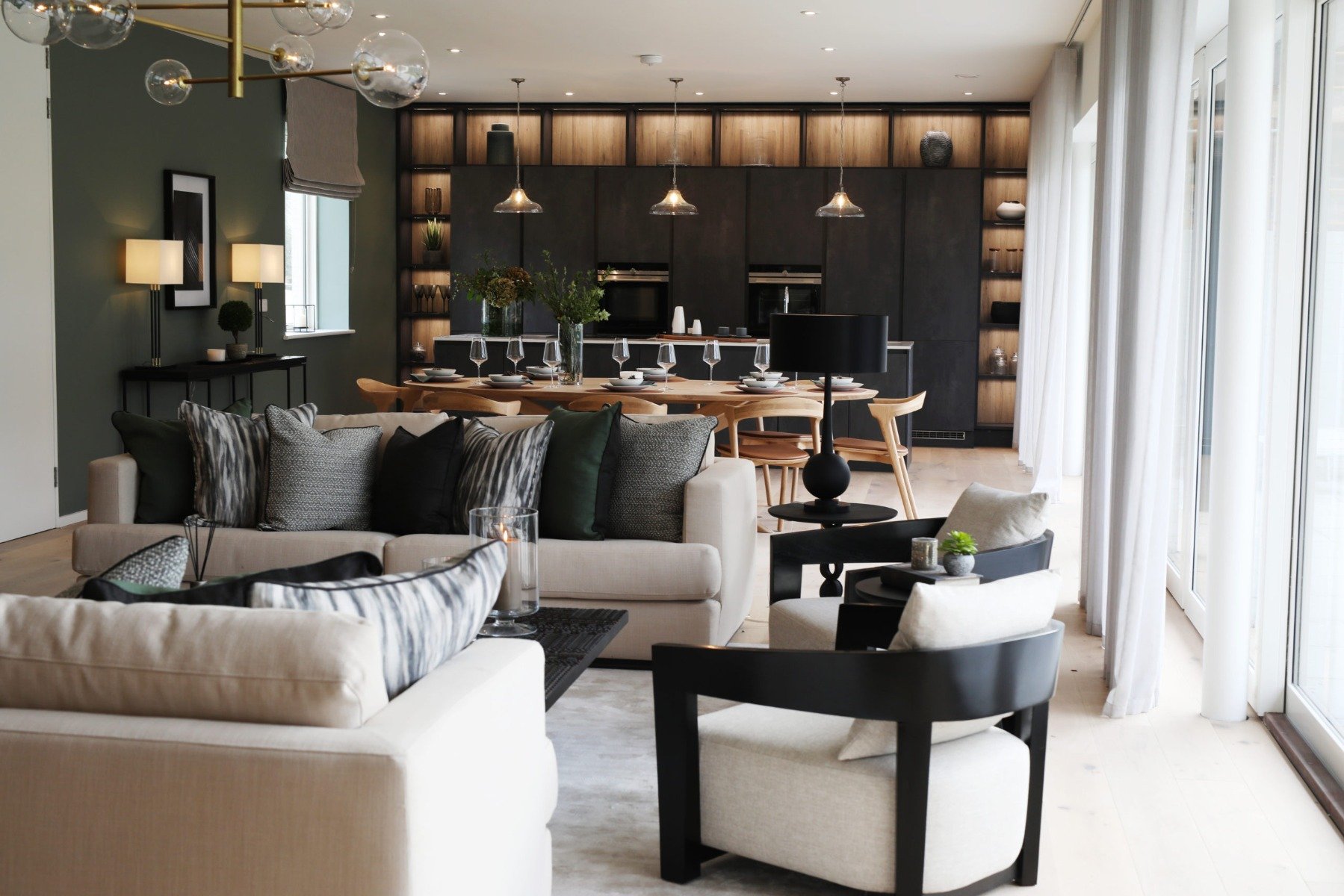
MLP454 Clifton Pendant - 'Clifton' clear glass pendant lights in a private residence by Pollard Design. Photo credit: Ailbhe O' Donnell.
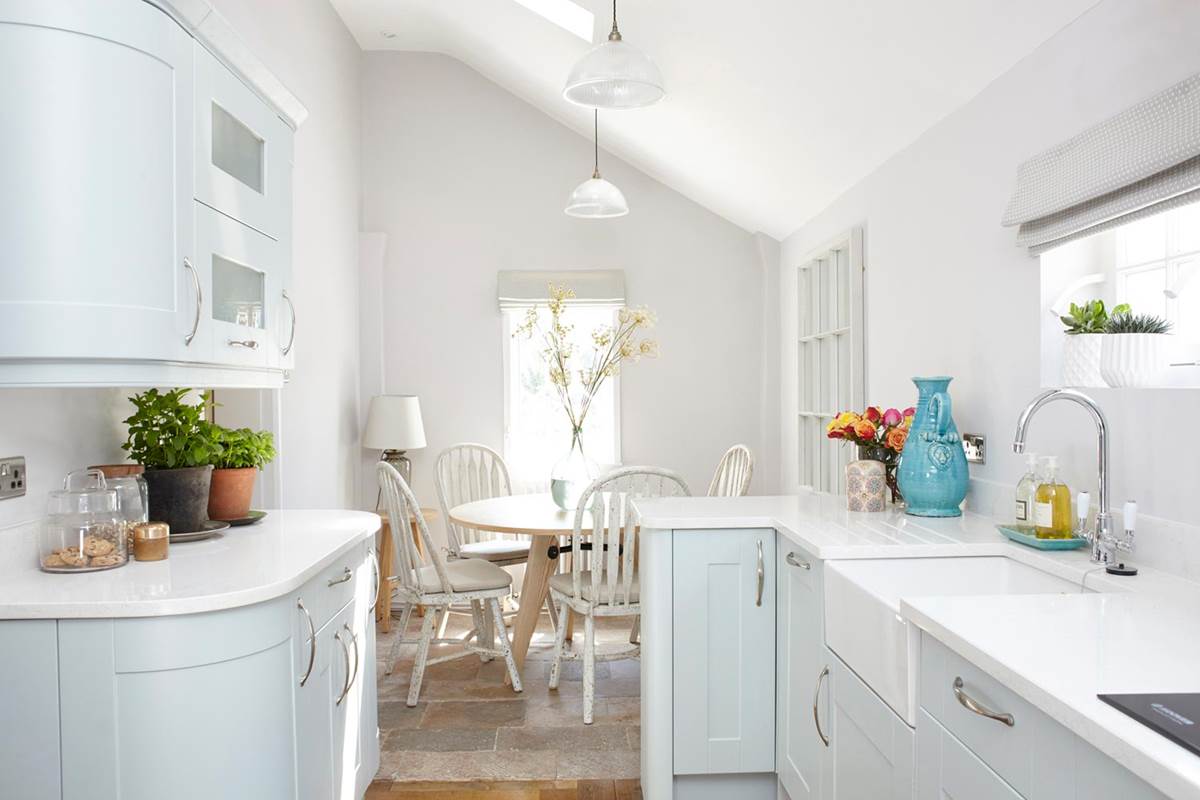
MLP256 Nova Pendant - 'Nova' prismatic glass dome pendant lights in a private residence, George Clarke: House Rules by George Clarke. Photo credit: George Clarke.
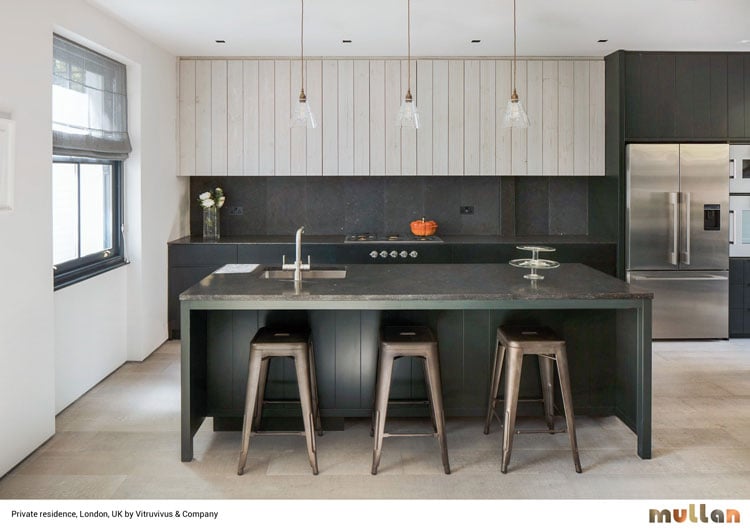
MLP251 Lyx Pendant - 'Lyx' clear glass pendants light (Diameter: 18cm) in a private residence, London by Vitruvius & Company Limited. Photo credit: Vitruvius & Company.
Island Light Positioning
This simple visual illustrates the ideal measurements for hanging pendant lights over your island.
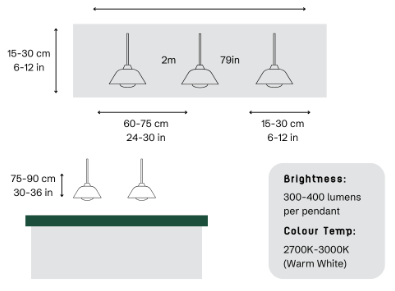
To space three pendants evenly over an island, a helpful rule of thumb is to leave about 15-30cm (6-12”) from each end, and 60-75cm (24-30”) between the centre of each pendant, depending on fixture size. To make sure every detail counts, delve into our guide to understanding the importance of colour temperature, as well as a guide on selecting the right amount of light for your space.
Avoid Common Pitfalls
Even beautiful fixtures can fall flat if they're not installed thoughtfully. Watch out for:
- Over-lighting the island, creating harsh shadows.
- Under-lighting, making it hard to work or gather comfortably.
- Glare from clear shades, especially without a dimmer. All of our fixtures are compatible with dimmers - they just need a dimmable bulb.
- Hanging too low or too high - awkward to look at, walk around, or work beneath.
- Mismatched finishes that can clash with your overall design scheme.
Maintenance Matters
Choose fixtures that are easy to clean, especially near food and steam. Glass and metal wipe down easily, but intricate designs can collect dust and grease. If the lights are hard to reach, consider how often you’ll be changing bulbs (most LED bulbs should last at least 15,000 hours).
Final Checklist
- What’s the primary function of your island?
- Which lighting types do you need?
- Have you picked fixtures that match your kitchen style?
- Are you happy with the height, brightness, and spacing?
- Are the chosen fixtures easy to clean and maintain?
At the end of the day, your personal style matters most. While design guidelines can be helpful, the best choice is the one that feels right for you and your space.
We hope these tips help you choose lighting that not only works well but brings you joy every time you walk into the kitchen.

